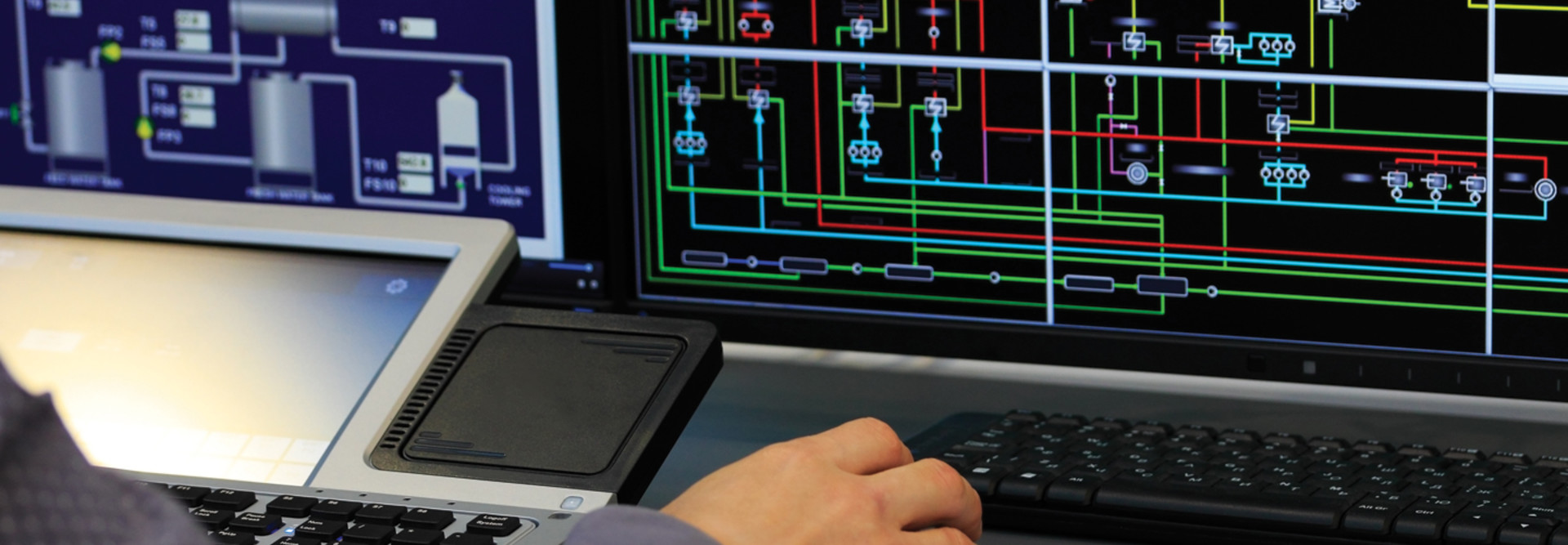What Is Smart Water Technology?
The World Bank has estimated that, on average, up to 25 to 30 percent of a utility’s water is lost in the water network as “nonrevenue water” (NRW). In some cities, that figure is higher. Nonrevenue water refers to water that has been produced but is “lost” before reaching the consumer, either through leaks or because of metering inaccuracies.
Smart water technology is not one technology but “a suite of technologies working together as a solution,” says Ruthbea Yesner Clarke, IDC vice president of government insights and smart cities.
“Remote monitoring of NRW can be achieved by using a variety of sensor technologies or historical pattern analysis to reduce water waste and its associated costs,” Clarke says.
“It’s the use of real-time data and device business intelligence to optimize assets, increase efficiencies and build resiliency,” says Sielen Namdar, a global industry executive with Cisco’s Connected Cities & Communities team and the leader of Cisco’s global smart water business. “By not having technology, it’s almost like driving in the fog and not seeing what’s around you.”
Getting lost in that fog can be costly. IDC estimates that in the United States alone, reducing NRW losses by half would generate $2.9 billion and provide water to an additional 90 million residents.
Smart water technology allows cities and utilities to better understand what their water systems assets, such as pumps and pipes, are doing and where trouble spots are. “You can pinpoint … your resources on where you need to focus,” Namdar says.
Cisco sees many technologies coming together to enable smart water solutions, including intent-based networking, IoT sensors, ruggedized networking technology and network security.
Smart water solutions enable the monitoring of pipelines, pumps, valves and motors, and all of the associated infrastructure for collecting, cleaning and distributing water.
“Smart water quality systems gather data from multiple sources including the watershed, treatment plants and testing equipment,” Clarke says. “Real-time visualization and modeling tools provide a nuanced understanding of pollution and water quality issues and impact.”
Smart water tools can also be used to manage flooding, and for flood detection and water overflows, Clarke says, especially “as we see increased risk to communities from severe weather which can result in compromised water quality. These solutions have more to do with detection, but then also physical systems to manage flooding.”
READ MORE: Find out how smart cities can use data effectively.
How IoT Helps Water Utilities
Clarke notes that smart water solutions include a range of technologies and components, including IoT sensors, big data analytics, processor capacity, communication network modules, management software, data visualization, geographic information system modelling, smart meters and more.
“IoT helps water utilities by giving new data and insights that employees didn’t have before (such as real-time leakage alerts), more granular data, more timely data and more accurate data since it is tech-based and digital as opposed to human-centered and manual,” Clarke says. “It also can offer operational cost savings as remote monitoring and automation reduces truck rolls, staffing costs, prevents costly water loss, etc.”
At Cisco, the company uses a technology called long-range (LoRa) wireless, a wireless data communication technology that is different from the Wi-Fi standard. LoRa runs on the 900 megahertz wireless spectrum, providing access to LoRaWAN networks.
Cisco has partnered with cities around the world on smart water projects using LoRaWAN technology.
LoRa is designed for IoT applications, and devices running on it can have batteries that last for as long as seven years. In a LoRa system, Namdar says, wireless sensors collect data from pipes and pumps in real time and send the information through wireless gateways. From there, the data goes to a network server and then to a data center either in the cloud or on-premises. After that, Namdar notes, analytics platforms and artificial intelligence-enabled software go to work to make sense of the data and provide city workers with insights.
Security is a major factor for water utilities, which are often the target of cyberattacks. If a critical facility is attacked, it could impact the public health and environment for millions of people. The America’s Water Infrastructure Act of 2018 requires community water systems serving more than 3,300 people to develop or update risk assessments and emergency response plans.
In smart water systems, water utilities often integrate IT and operational technology. With the addition of IoT sensors, OT systems become less air-gapped than they traditionally have been. Cisco’s Cyber Vision tool is designed to bring visibility into operational assets and protect industrial control systems and integrate into IT security.
MORE FROM STATETECH: Find out how 5G networks will impact smart cities.
Examples of Smart City Water Solutions
Cities across the country have implemented or are in the process of deploying smart water solutions.
The Louisville Water Company, which supplies drinking water to nearly one million customers in Louisville, Ky., and surrounding communities, has about 320,000 endpoints in its system, and it plans to replace approximately 280,000 meters with new Neptune meters and other technology by Itron and Cisco, according to WaterWorld.
Louisville is using advanced metering infrastructure to save money. “Right now, we bill our customers every other month. Because the service area is so large and we only have so many meter readers, it takes us that long to actually visit each property and visually read those meters,” Judy Sherer, project manager with Louisville Water, tells WaterWorld. “With AMI, we’ll have instantaneous and automated access to consumption data, which will allow us to move to monthly billing with no estimations.”
That will lead to “huge” operational cost savings, Sherer says, but there are benefits to customers as well, as more regular billing can help them understand their consumption patterns more easily.
Across the country in California’s Solano County, solar-powered sensors are used to detect water flow in real time. According to Wired magazine, farmers send the data from those sensors to small satellites called CubeSats, which work around poor cell service in the area. Farmers can then trade their water on a blockchain platform.
Houston partnered with Microsoft to modernize its infrastructure, and part of that project included providing smart water meters to 500,000 water customers. These meters gather information on water usage every 15 minutes and, in the future, will give customers real-time leak alerts and conservation advice.
As an example of when smart water technology would have been useful, in February 2017, millions of gallons of wastewater flowed into Puget Sound near Seattle after pumps failed and the facility was flooded, which fried an electrical circuit and caused a system shutdown. If a smart water solution were in place, Namdar says, “that kind of a scenario would not unfold.”
Smart water solutions “detect leakages earlier, prevent leaks, proactively fix and maintain equipment and pinpoint aberrant patterns in water usage to flag metering inaccuracies,” Clarke says.
Smart water solutions provide critical infrastructure with resilience in the face of natural disasters. They also provide better customer service and visibility, Namdar says, as utilities get a better sense of how much water people are using and where leaks are.
Namdar adds that smart water solutions help safeguard public and environmental health and also contribute to water security and ensuring water is not wasted.
“Access to water is limited,” she says. “We need to make every drop count.”











